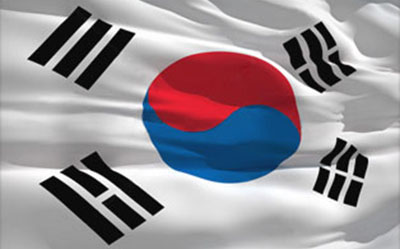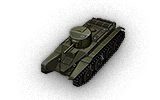Select your region to log in.
Crew:
- Commander (Radio Operator)
- Driver
- Gunner (Loader)
Tank description:
The BT-2 is a Soviet tier 2 light tank.A U.S.S.R. wheeled caterpillar tank developed in the 1930s. The first vehicle of the BT light tanks. The tank was based on the U.S. Christie M1931 (Model 1940), but differed from its peer in various design solutions, and had higher speed and better mobility. A total of 620 vehicles of different modifications were manufactured. The vehicle with a new engine and elliptical turret featuring a 45-mm gun was designated BT-5. A total of 1,884 vehicles of this type were produced. Some of them were exported to Spain, others participated in the battle of Khalkhyn Gol, Polish campaign, Winter War, and Second World War.Long and low to the ground, it is as sleek and fast as it looks. While the BT-2 is extremely fast and has a decent selection of guns, its armor is paper thin. In the first few tiers this is not such a huge drawback, but as firepower increases, it is vital to get into good habits for light tanking early. The first lesson is to keep moving and use cover as much as possible. Long charges across open terrain are suicide, no matter what speed you''re going. Instead, dash between all available cover, use your agility to throw in some evasive maneuvers, and above all, keep your speed high. If BT-2 is used correctly, then it can achieve record-breaking kill and damage records as compared to other recruit match tanks. It''s relatively powerful, even with the thin armor.The BT-2 leads to the BT-5.
A U.S.S.R. wheeled caterpillar tank developed in the 1930s. The first vehicle of the BT light tanks. The tank was based on the U.S. Christie M1931 (Model 1940), but differed from its peer in various design solutions, and had higher speed and better mobility. A total of 620 vehicles of different modifications were manufactured. The vehicle with a new engine and elliptical turret featuring a 45-mm gun was designated BT-5. A total of 1,884 vehicles of this type were produced. Some of them were exported to Spain, others participated in the battle of Khalkhyn Gol, Polish campaign, Winter War, and Second World War.

 Русский
Русский English
English Russian region
Russian region North-american region
North-american region European region
European region Asia region
Asia region Korean region
Korean region


 270
270
 0
0



